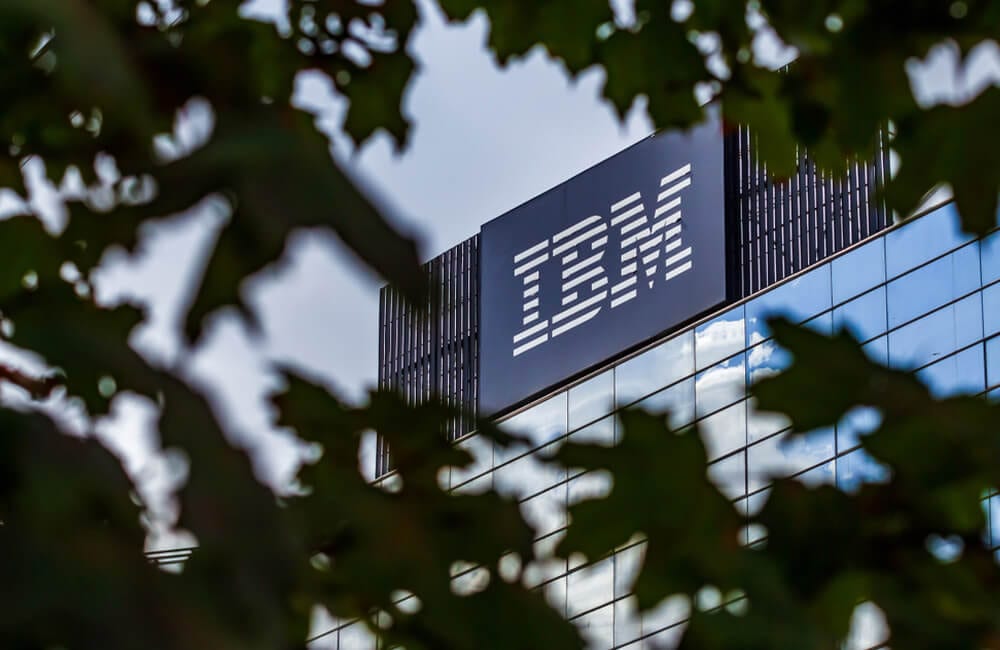
American self-driving car company Cruise will launch its first "robotaxi" service in Dubai in 2023, with plans to have nearly 4,000 vehicles in operation there by 2030. The company, which is backed by American vehicle manufacturer General Motors, will also establish a new company in Dubai to handle the deployment.
Cruise has entered into an agreement with Dubai, a city and emirate in the United Arab Emirates, through 2029 to operate self-driving electric taxis – better known as robotaxis – and commercial ride-hailing services. The agreement makes Dubai the first city outside the United States where Cruise plans to operate commercially.
Dubai will also be the first non-U.S. city to launch the Cruise Origin, a self-driving electric shuttle developed by Cruise and General Motors. The company says that the shuttle will be built at Factory ZERO, Detroit-Hamtramck Assembly Center, an all-electric vehicle assembly plant operated by General Motors.
The facility is the first automotive plant in the U.S. to use 5G technology. The plant uses Verizon's 5G Ultra Wideband service.
News of the agreement was announced Monday, April 12, on Twitter by the Crown Prince of Dubai, Sheikh Hamdan bin Mohammed bin Rashid Al Maktoum.
The sheikh attended the signing of the partnership between Cruise and Dubai's Roads and Transport Authority (RTA). In his tweet, Sheikh Mohammed added that he discussed the future of smart mobility and its prominent developments with Jeff Bleich, chief legal officer at Cruise.
In addition, Sheikh Mohammed said the first-of-its-kind partnership is an important step towards realizing the city's Self-Driving Transport Strategy. He said their goal is to convert a quarter of the total transportation in Dubai into self-driving trips through different modes of transportation by 2030.
The sheikh added that Dubai's push towards self-driving technology would greatly benefit its economy and the environment. This push could also reduce transportation costs in Dubai by 900 million dirhams ($245 million) annually and save Dubai 1.5 billion dirhams ($400 million) by mitigating air pollution.
In addition, the push towards self-driving technology could help Dubai achieve 18 billion dirhams ($4.9 billion) in economic revenues annually by 2030.
No light selection process
According to Mattar Mohammed Al Tayer, the director-general and the chairman of the Board of Executive Directors of the RTA, the selection of Cruise was not taken lightly. He said they had engaged in a comprehensive, multi-year process to choose the best possible partner for the project.
In particular, Al Tayer says that Cruise's technology, resources, purpose-built electric vehicles, automaker partnerships and approach to safe testing and deployment give them the ability to launch more safely and faster than other car companies.
Furthermore, he added that self-driving technology introduces a fundamental shift in transportation and offers innovative solutions to congestion in the city. (Related: As self-driving cars become more widely accepted, experts warn: They aren’t fail-safe.)
Cruise's Origin is a fully autonomous vehicle first released in 2019. Since it's designed to be a shared vehicle, Origin doesn't have any of the controls associated with human driving, such as a steering wheel and pedals. Al Tayer said the vehicle will also be fitted with state-of-the-art sensors to monitor road conditions and controls to avoid collision with objects that even the human eye can't see.
Meanwhile, Dan Ammann, CEO of Cruise, stresses that self-driving cars like the Origin are about improving safety and saving lives rather than increasing risks. This is one of the main criticisms against self-driving vehicles.
He also noted that Dubai and the RTA's "forward-thinking framework" to safely deploy self-driving vehicles will be an innovative model for government and industry working together to push for "life-saving technology."
Visit RoboCars.news to learn more about robotaxis and self-driving electric vehicles.
Sources include:
Please contact us for more information.





















